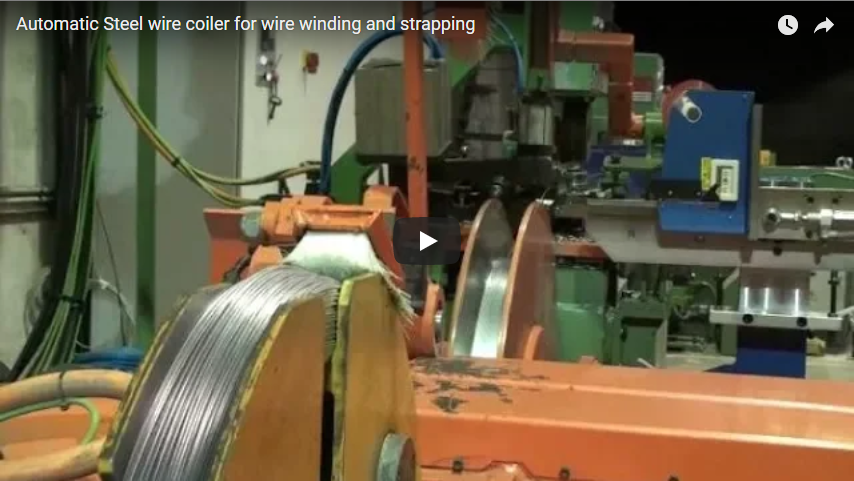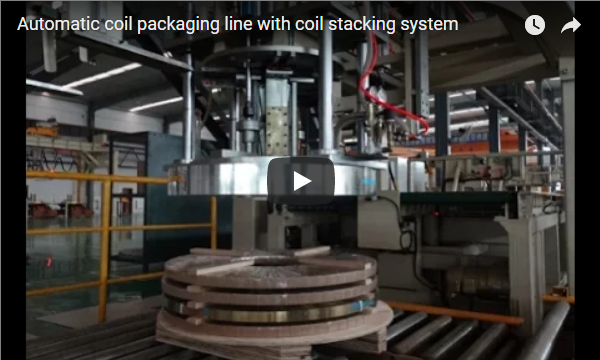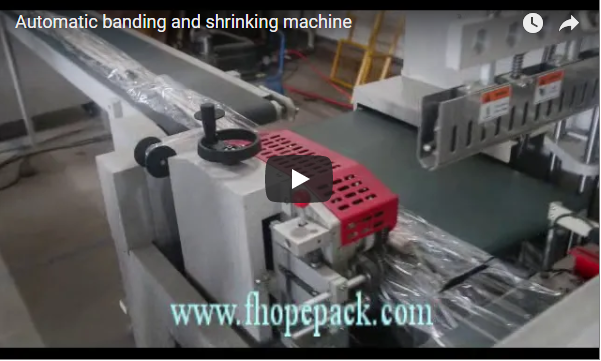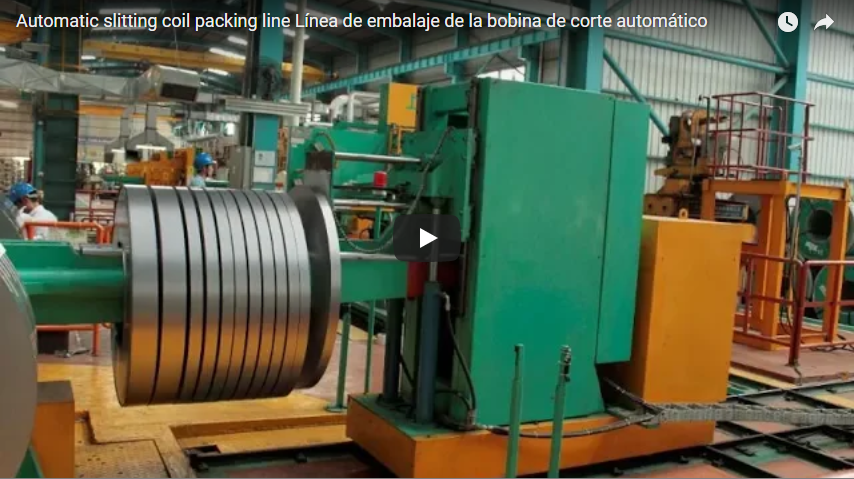How to Automatically Pack Steel Coils Using Paper and Stretch Film?
Steel coils are heavy, delicate, and costly. Poor packaging causes rust, deformation, or transit damage. Many struggle with finding a method that protects without slowing production. This post shows a smart solution.
You can combine paper and stretch film in an automatic system to achieve strong surface protection and tight bundling. It keeps coils safe from moisture, scratches, and dust while saving time and labor.
When we began improving our packaging line, we found out manual wrapping often led to errors. Then we shifted to automatic packing with layered protection. The results were quick, clean, and consistent. Let’s break it down.
Why Combine Paper and Stretch Film for Steel Coil Packing?
Manual wrapping with only one material often leaves gaps in protection. It’s not consistent, and during shipping, many coils get scratched or corroded. This combo approach solves that.
The combination of paper and stretch film offers both strength and flexibility. Paper acts as a buffer against scratches, while stretch film keeps the whole coil tightly secured, protecting it from air, dust, and shifting during transit.
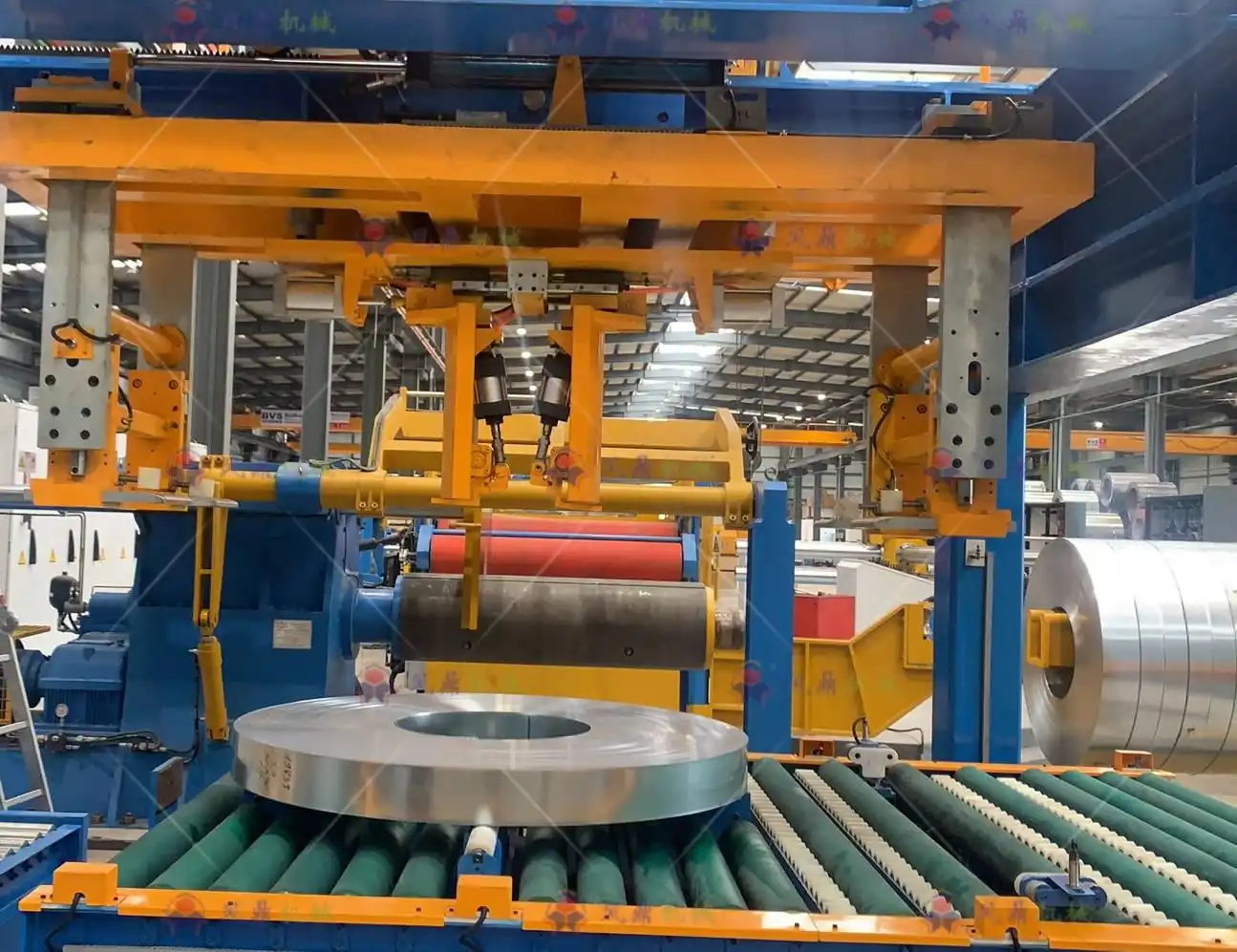
Layered Protection: Why One Material Isn’t Enough
Even the best stretch film can’t stop direct metal-to-metal contact. Paper is softer and creates a protective cushion. When combined, the two materials complement each other in five key ways:
| Benefit | Paper Layer | Stretch Film Layer |
|---|---|---|
| Scratch Resistance | High – prevents surface damage | Low – needs an underlayer |
| Dust and Moisture Barrier | Medium – breathable | High – air- and moisture-tight |
| Coil Stability in Transit | Low – alone may loosen | High – elastic tension holds firm |
| Cost Efficiency | Affordable material | Used efficiently over paper |
| Visual Appearance | Clean finish under film | Glossy and professional look |
By using both, I make sure the coil stays clean, dry, and undamaged—especially during overseas shipping. And that’s key for client satisfaction.
Key Steps in the Automated Packing Process?
Packing steel coils manually is slow, inconsistent, and tiring. It delays shipments and increases labor costs. Automating it saves time and ensures packaging quality.
The automated coil packing process includes feeding the coil, applying a paper layer, wrapping it tightly with stretch film, sealing, and unloading. Each step is controlled by sensors and servo motors to ensure precision and repeatability.
Breaking Down the Packing Workflow Step-by-Step
From the start, automation changed everything. Here's what the process typically includes:
-
Coil Loading
A motorized conveyor or coil car loads the steel coil onto the wrapping station. -
Paper Feeding
A pre-set mechanism automatically feeds kraft paper or anti-rust paper. It adjusts to coil width and OD. -
Stretch Wrapping
The orbital wrapper wraps stretch film around the coil through the eye, overlapping each layer tightly. -
Edge Sealing or Taping
The film is cut and sealed to prevent unraveling. Sometimes adhesive tape reinforces the edge. -
Unloading
A pusher or mechanical arm transfers the packed coil to the next station—stacking, strapping, or storage.
| Stage | Purpose | Automation Component |
|---|---|---|
| Loading | Position the coil | Coil car or turnstile |
| Paper Application | Prevent scratches, corrosion | Paper dispenser + guides |
| Film Wrapping | Secure packaging and tension | Servo orbital wrapper |
| End Sealing | Prevent film loosening | Heat knife or tape gun |
| Unloading | Move to next process | Roller table or robot arm |
With this workflow, we cut our packaging time in half while increasing consistency. And we don’t rely on worker skill anymore—it’s repeatable and stable.
Boosting Efficiency and Reducing Damage During Transport?
Unstable packaging is the top reason for coil return or rejection. Even a slight shift can dent edges or break straps. Our goal was to stop this once and for all.
Automation improves load stability and reduces human error. The tensioned film holds the coil in place, and the added paper layer absorbs impact. Together, they prevent deformation and keep the product intact across long journeys.
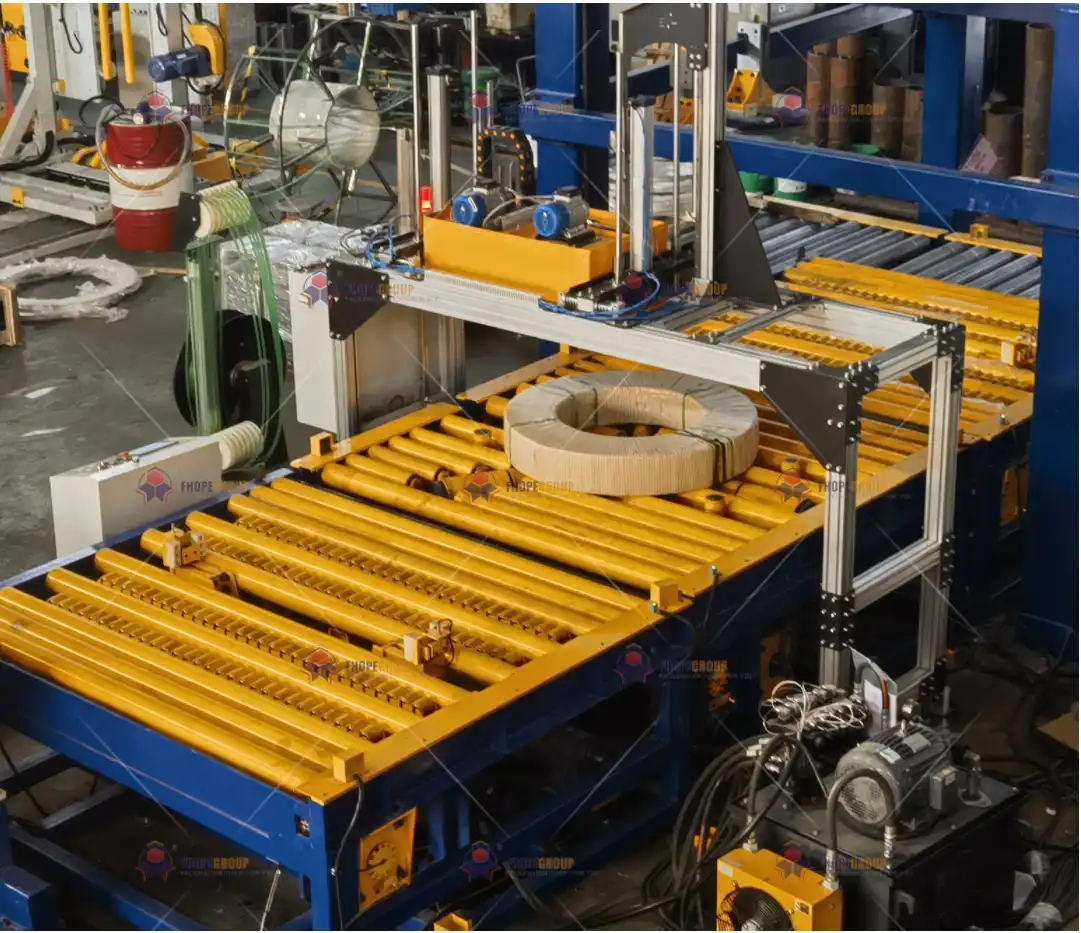
Performance Gains: Logistics, Speed, and Safety
I used to see 1 in 20 coils returned due to transport damage. Since using this automated method, that number dropped to nearly zero. The key wasn’t just automation—but intelligent automation.
| Aspect | Manual Wrapping | Automatic Wrapping |
|---|---|---|
| Wrapping Time per Coil | 6–8 minutes | 2–3 minutes |
| Packing Consistency | Varies by worker | High – system controlled |
| Damage Rate in Transit | Moderate to high | Very low |
| Labor Dependence | High | Low |
| Overall Operating Cost | Higher (more rework) | Lower (fewer losses) |
We also added tension sensors and wrapping pressure control. That helped adapt the machine for different coil sizes without over-tightening or warping the material.
And for clients, that means fewer complaints, smoother logistics, and stronger trust in every shipment.
Conclusion
Automatic coil packing using a combination of paper and stretch film isn’t just about speed. It’s about quality, consistency, and reliability. With the right system in place, I don’t worry about missed shipments, damaged coils, or inconsistent wraps. It just works. Whether you’re shipping local or global, this setup makes every coil look and perform its best.

